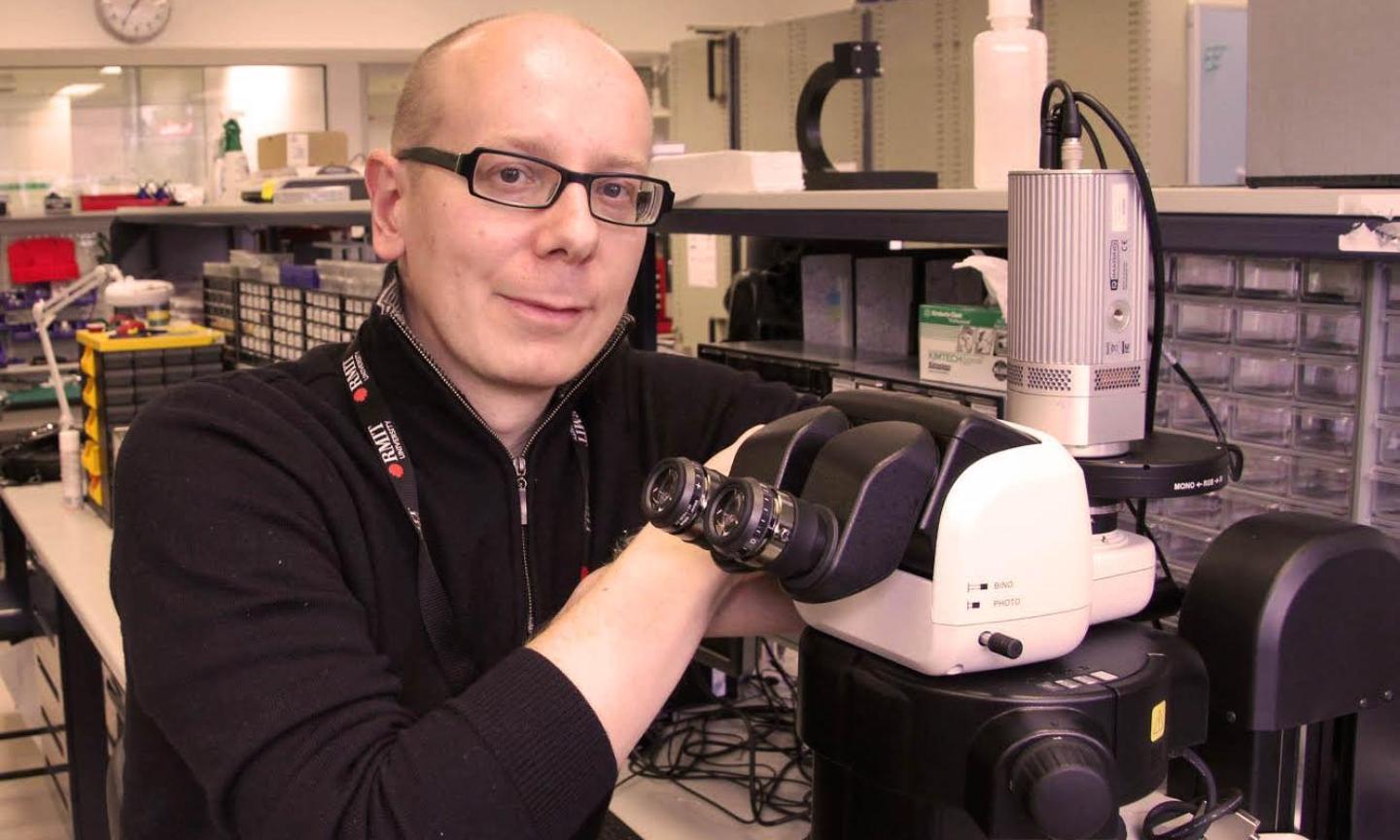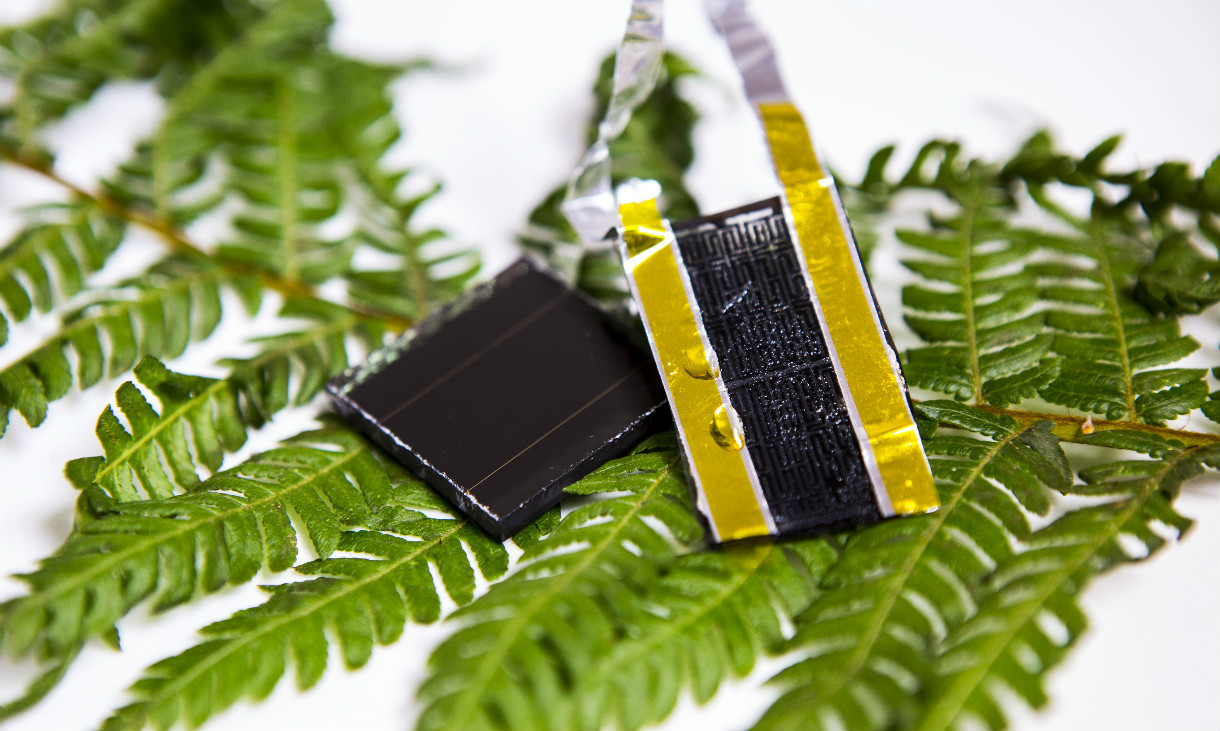Problems such as the rise of superbugs from antibiotic overuse and the growing incidence of golden staph infections in hospitals highlight the urgency of finding new chemicals with therapeutic properties.
Associate Professor Sylvia Urban from the School of Science works in the field of natural products chemistry and has made a number of breakthroughs in this area. RMIT spoke to her to find out more.
What do you do at RMIT?
My expertise is in analytical and organic chemistry. I teach and coordinate undergraduate and honours courses as well as supervise research candidates in these areas.
I also conduct my own research in natural products chemistry and lead the Marine and Terrestrial Natural Product (MATNAP) research team at RMIT.
What is natural products chemistry?
Natural products are chemicals produced by a living organism. Sometimes these natural products have pharmacological or biological activity that can be of benefit in treating diseases.
Natural products chemistry involves the extraction, isolation and structure identification of these chemicals for the purposes of drug discovery.
Famous examples include the antibiotic Penicillin found in Penicillium mould, the pain reliever Morphine found in the opium poppy and the anti-cancer drug Trabectedin found in the marine sea squirt, Ecteinascidia turbinata.
What is the focus of your research?
I study the chemical diversity and assess the biological activity of natural products derived principally from Australian plants, mushrooms and marine invertebrates such as sponges, seaweeds and sea squirts.
I also work on developing efficient chemical profiling strategies in order to assess which samples to study as a matter of priority.
For example, I will select Australian plants for investigation when there is anecdotal evidence of some Australian and historical cultural use, providing a motivation for further investigation.
What have you discovered?
I have discovered many natural products with distinctive biological activity against a target disease that could one day lead to a new drug discovery.
An example is the natural product called Coproverdine which was isolated from a New Zealand sea squirt and displays potent anti-tumour properties.
Fifty years ago it would have been common to discover new natural products with a structural framework unknown to science, but this is now rare. Discovering a completely novel structure class or carbon skeleton is thrilling.
This was the case when I discovered four new natural products known as Axinellamines A, B, C and D in an Australian marine sponge in collaboration with the pharmaceutical company AstraZeneca.
We were looking for compounds that have activity against the bacteria Helicobacter pylori, which is linked to stomach ulcers.
It was a significant challenge to isolate and deduce their structures. As a result of this work, I developed an isolation method that is now used by many natural product chemists around the world.
What drew you to this field and what continues to excite you about it?
As the daughter of Italian immigrant parents I grew up being exposed to all sorts of natural products made at home.
Salami was hung in my bedroom, pasta air dried on chairs and the brewing of alcohol in the garage. Home reared chooks, vegetables, fruits and nuts, meant that my wonder for all things natural started from an early age.
During my PhD I discovered how I could link nature to my area of scientific expertise, and have never lost my passion for this exciting field of research.
Australia is a fantastic place to do this kind of research because of the vast and largely untapped resources available.
There are 17 mega diverse countries on Earth with extraordinary levels of biodiversity and Australia is one of these. Australia has more species of higher (vascular) plants than 94% of countries on Earth and more endemic plants (plants found in only one location) than 98% of the world’s countries.
Australia also has one of the largest maritime Exclusive Economic Zones in the world and has some of the most biologically diverse oceans in the world, home to the largest coral reefs and 30 of the world's 58 sea-grass species.
This biodiversity presents a great opportunity to find the all elusive “needle in the haystack” natural product derived drug.
Have there been any unexpected outcomes from your research?
Serendipity is what science and the greatest discoveries are all about, just like the discovery of Penicllin. It is all about the inquisitive mind and going back to look at unusual or unexpected results.
The true potential of a natural product discovered today may not be realised for years or decades.
During my PhD I discovered some interesting marine natural products from a range of Australian sponges and sea squirts. Among them were the Lamellarins.
Many years later one of those natural products (Lamellarin O) is now reported to reverse a breast cancer resistant protein (BCRP-mediated drug resistance) in cancer cells.
There are also many examples of natural products or drugs which have been used to treat one therapeutic effect which can suddenly be tested against a different therapeutic area and reveal more than we knew before.
What are some of the exciting developments in this area?
One very exciting development is the increasing ability to study organisms from difficult to access areas such as sea mounts and hydrothermal vents. The chemistry from these environments is unlikely to exist anywhere else on Earth.
Also, new instrumentation and techniques developed in the past decade have revolutionised our ability to study natural products that in the past were difficult to analyse.
For example, in collaboration with Professor Makoto Fujita from the University of Tokyo I have determined the structure of Elatenyne, a potentially useful natural product first isolated from an Australian seaweed 30 years ago.
What do you enjoy about teaching at RMIT?
The best part of my job is the variation that comes with it. It is never boring!
Whether it is the classes I teach or my research, all of it involves interaction with others and gives me the opportunity to learn and grow as well as my students – it’s especially satisfying to find new ways of cultivating the minds of future scientists.
I’ve developed techniques for using pen devices and cloud-based teaching methods to deliver real-time lecture notes to students’ own devices, shifting their focus in the classroom from record taking to engagement.
I’m now working in collaboration with Microsoft Australia to help other academics adopt these tools.
To help students engage with topics in chemistry I have produced a series of short, sharp and Australian industry related videos.
My video on insulin was endorsed by Diabetes Australia and has attracted significant public interest as well as being adopted as part of an industry training scheme.
Story: Lawrence Martin




